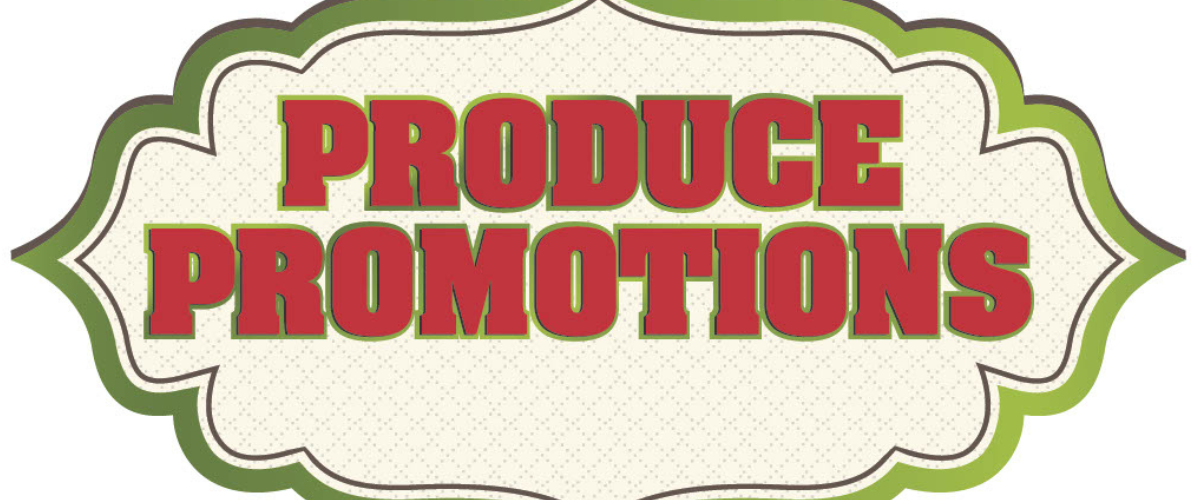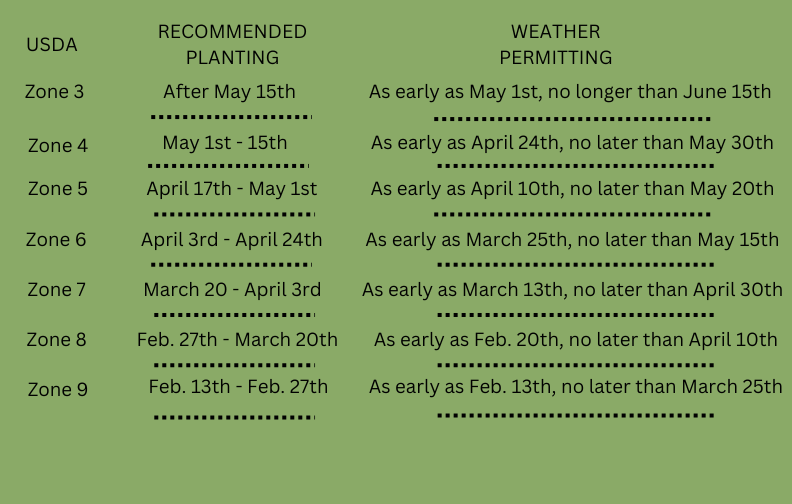| Quantity | Price |
| 1-9 | $12.60 |
| 10 + | $11.85 |
Originating from Michigan state, very productive, is prized for its exceptionally large fruit and delicious flavor. Michigan State's lime green fruit can weigh up to 1 oz.
Bloom Time: May Ripening Time: September/October





